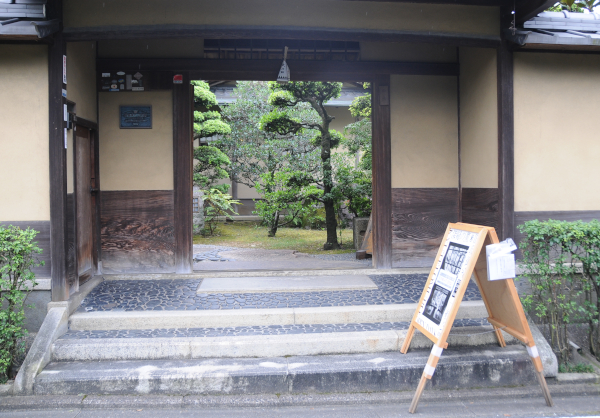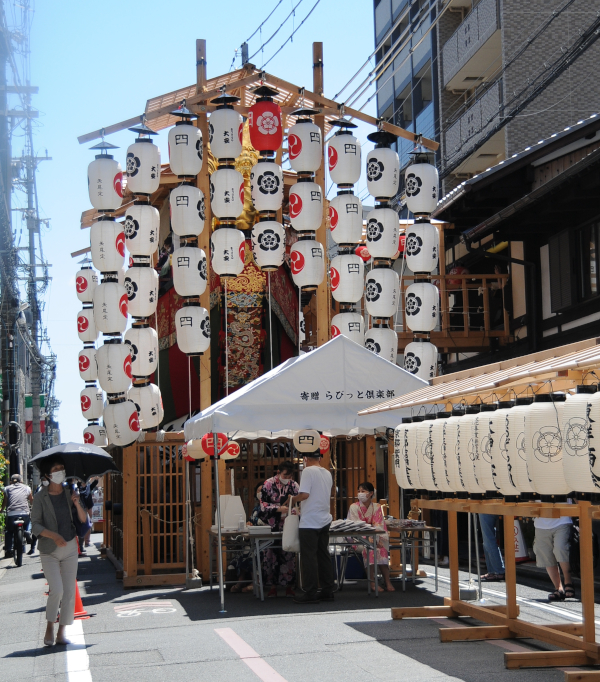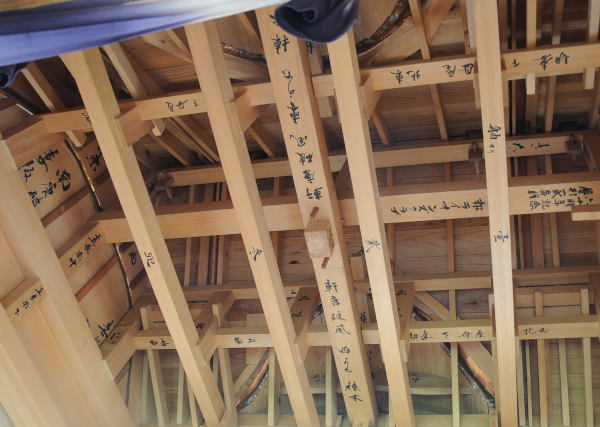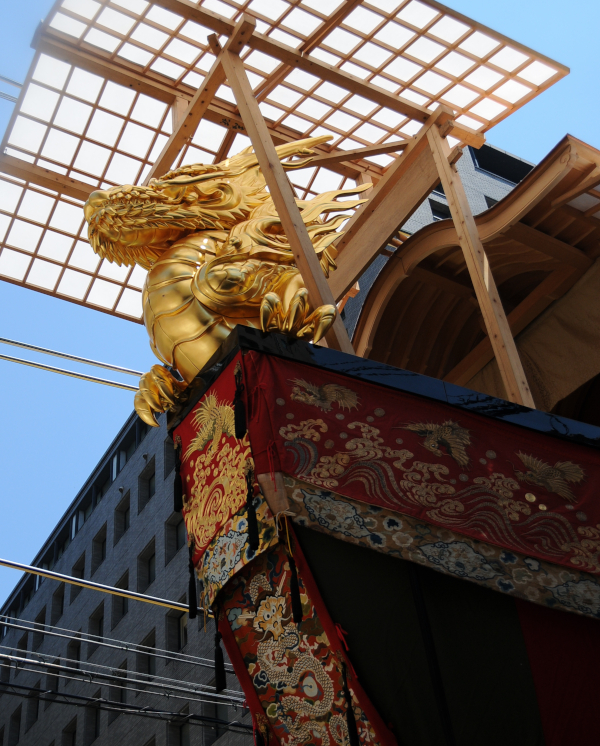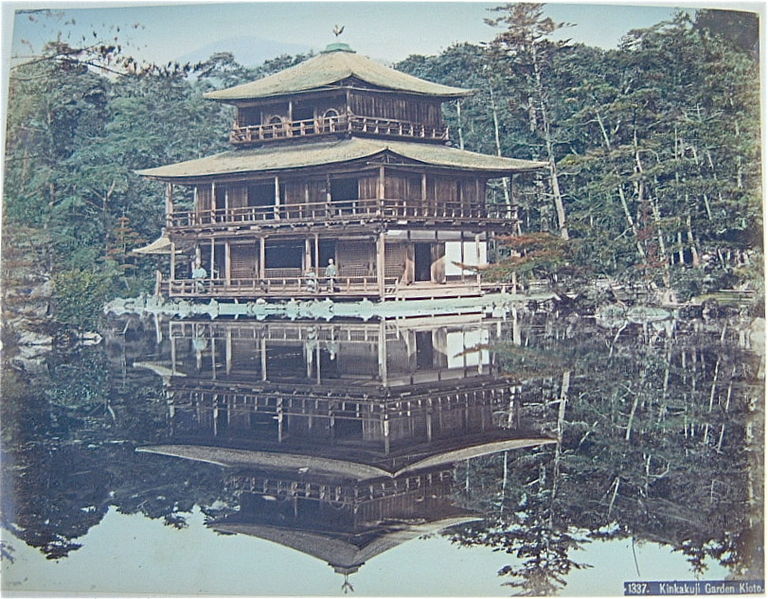On May 19, 1936, a lowly prostitute became known in all Japan. From that day on, the name of Sada Abe carried a certain spine-chilling factor that fascinates people to this day. Who was Sada Abe and what happened that made her a household name for more than 50 years?

Sada Abe was born in 1905 into a family of tatami makers. Her parents were fairly well-off and especially her mother doted on the little girl, indulging her every whim. When Sada became a teenager, her calm family life became upset through quarrels over the succession to the family business. To protect their youngest daughter, she was sent out of the house to spend her days with friends.
Sadly, this didn’t turn out well. Sada fell in with the wrong crowd and became an unruly and even promiscuous teen who stole money from her parents and went out during the night without permission. Her father, seeing no other way to discipline her, sold her to a tea house, where she was to train as an apprentice geisha. Sada was 17 at the time.
At first, Sada was thrilled about her new life. Since childhood she had enjoyed wearing beautiful clothes, and now she had finally the opportunity to put her long training in traditional music to good use. And her clients loved spending time and money on the young maiko.
However, disillusionment soon followed. Sada had to learn quickly that she would never be a top-ranking geisha who commanded respect in addition to highest rates. Instead, customers demanded sex from the young girl, and the tea house did not object.
Over the following years, Sada Abe turned from geisha to prostitute, in successively seedier establishments, first in Tokyo and then in Osaka. Although she tried several times to leave the sex industry, she did not succeed until she met Goro Omiya. He had more serious designs on her than any of her previous lovers and suggested that she learn how to run a restaurant. In time, he promised, he would buy one for her and set her up as his mistress. Sada gladly accepted.
In February 1936, she began working in a restaurant in Tokyo. The owner, Ishida Kichizo, didn’t waste much time wooing the beautiful woman, and already in mid April, they became lovers. Kichizo was a womanizer and knew how to please Sada. Not only was she in love for the first time, she also felt sexually satisfied like never before. Like any woman in her situation, she wanted Kichizo, who was married, only for herself.
In order to consummate their affair undisturbed, Kichizo and Sada left the restaurant and went on a two-week lover’s spree, starting on April 23rd, 1936. They rented a room at an inn, ordered expensive food and geisha to entertain them and had sex over and over again. Only when they ran out of money did Kichizo return to his restaurant, but he promised to meet Sada again, on May 11.
On that day, they checked into the inn again and once more indulged in food, entertainment and sex. Their sex play became wilder and they eventually tried erotic asphyxiation and they both enjoyed it. Sada found it hard to control herself. In the early morning hours of May 18, 1936, Sada strangled Kichizo in his sleep. She then cut off his penis and scrotum, tidied up the room and left the inn.
Thanks to an ensuing media frenzy after the discovery of Ishida’s body, the public went into a what became known as “Sada Abe panic”. She was spotted by people as far as Osaka, and one alleged sighting in Tokyo’s fashionable Ginza district caused a traffic jam. All the while, Sada went about her days as if nothing had happened, undisturbed and still carrying her trophies of Kichizo.
Sada was arrested in the afternoon of May 20th and questioned extensively by the police. She asserted that she killed Kichizo out of love and that she was not crazy or depraved. Her lawyers and the judge at her trial thought otherwise. That’s why she was sentenced to a mere 6 years in prison on December 21, 1936.
She was a model prisoner in the Tochigi women’s penitentiary, where she served only 5 years of her sentence. After being released on May 17, 1941, Sada was surprised to find herself somewhat of a celebrity. The transcripts of her police interrogation had been published, and many writers took her case as inspiration for stories.
Unable to escape the public eye, Sada decided to cash in herself. She wrote an autobiography and appeared in a film about the case. The bar where she worked became famous with the locals. Eventually, however, Sada grew weary of the attention. She retired from the bar and left Tokyo. After 1971, her trail is completely lost. Nobody knows where she went or when she died., although some sources point to Kyoto. All that’s left is her story that fascinated people to this very day.
Sada Abe definitely fascinates me! The above is just a short summary of a longer piece I have written about her, which has just been published in an anthology. There, I talk in greater detail about the early life of Sada Abe and the possible reason she turned to prostitution, as well as her fatal attraction to Kichizo Ishida.
If you’re interested, the book is called “The Best New True Crime Stories: Crimes of Passion, Obsession & Revenge” and it has a number of other essays on passionate crimes from all over the world and many eras. As always, you can get the book from amazon. I hope you’ll like it!



